15 years one-stop China custom CNC machining parts factory
 459 |
Published by VMT at Sep 11 2023
459 |
Published by VMT at Sep 11 2023
What is painting?
Spray painting, often simply referred to as "paint spraying" or "spray coating," is a method of applying a liquid paint or coating onto a surface using a specialized device called a spray gun or paint sprayer. This technique is commonly used in various industries and applications for its efficiency and ability to achieve even, smooth, and consistent paint coverage.
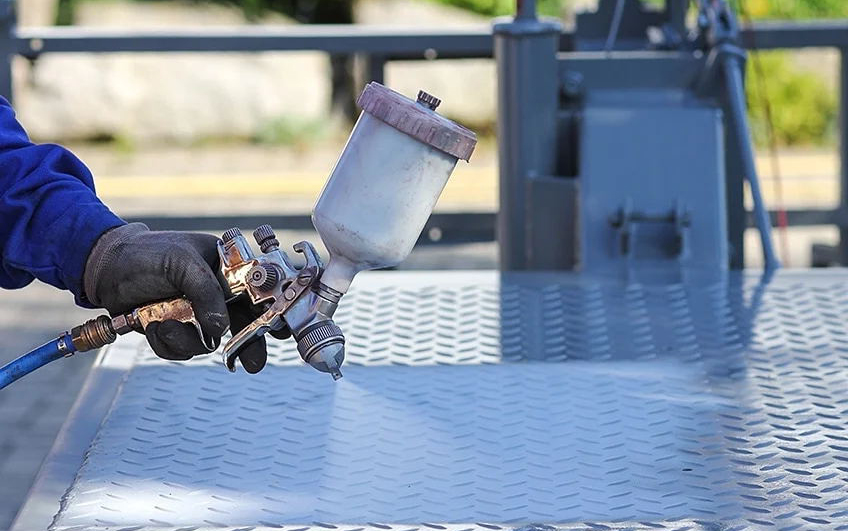
Here's how spray painting typically works:
Spray Gun: A spray gun is a handheld or automated device that atomizes the liquid paint into tiny droplets. It does this by using compressed air or another gas to force the paint out of a nozzle at high pressure.
Surface Preparation: Before spray painting, the surface to be coated is often cleaned, sanded, and primed to ensure proper adhesion of the paint.
Application: The operator or machine aims the spray gun at the surface to be painted and activates it. The high-velocity spray of paint droplets covers the surface evenly, creating a thin and uniform coat.
Drying: After the paint is applied, it needs time to dry and cure. Depending on the type of paint used, this can be done at room temperature or in a controlled environment like a paint booth with controlled temperature and humidity.
Common applications of spray painting include automotive refinishing, furniture manufacturing, industrial machinery coating, aerospace, and architectural painting. It is essential for achieving high-quality and professional-looking finishes in these industries.
Why Choose Aluminum Painting? Can Plastic be Painted?
Choosing aluminum for painting has several advantages, primarily due to its properties and suitability for specific applications. However, it's also worth considering whether plastic surfaces can be painted. Let's explore both aspects:
Aluminum for Painting:
Durability: Aluminum is known for its durability and resistance to corrosion. When properly prepared and painted, it can withstand harsh environmental conditions, making it suitable for outdoor applications.
Lightweight: Aluminum is a lightweight material, making it a preferred choice for applications where weight matters, such as aerospace and automotive industries.
Machinability: Aluminum is relatively easy to machine and prepare for painting, allowing for precise surface preparation and paint adhesion.
Versatility: Aluminum can be painted with various types of paints, including powder coating, liquid paint, and specialty coatings, allowing for customization of appearance and performance.
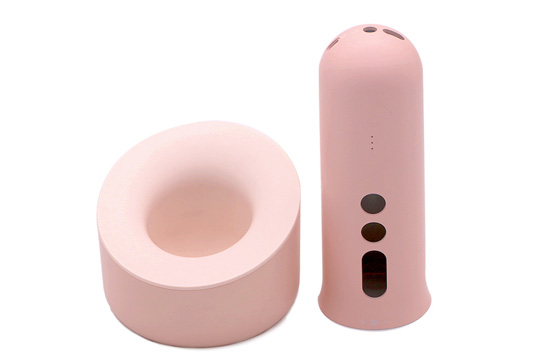
Plastic for Painting:
Compatibility: Some types of plastic can be painted successfully, but not all plastics are suitable for this purpose. The choice of plastic material is crucial, as some plastics may have low adhesion properties for paint.
Surface Preparation: Proper surface preparation is essential for painting plastic. It often involves cleaning, sanding, and priming to ensure paint adhesion.
Limited Durability: Plastic surfaces may not be as durable as aluminum when exposed to UV radiation and environmental factors. Specialized paints and coatings may be required for outdoor use.
Application-Specific: Plastic painting is commonly used in industries such as automotive (e.g., car bumpers), consumer goods (e.g., toys), and signage. It's suitable for applications where weight savings and cost-effectiveness are essential.
In summary, while aluminum is a preferred choice for painting due to its inherent properties like durability and versatility, some plastics can also be painted with proper surface preparation and suitable paint types. The choice between aluminum and plastic for painting depends on the specific requirements of the application, including durability, weight considerations, and environmental factors.
Which Metals are Suitable for Paint Surface Treatment?
Many different metals material are suitable for surface treatment and painting, depending on the specific application and requirements. Here are some common metals used in surface treatment and painting:
Steel: Steel is a widely used metal for surface treatment and painting. It can be prepared and coated with various paints and coatings to enhance its corrosion resistance and appearance. Common applications include structural steel, automotive components, and machinery.
Aluminum: Aluminum is known for its natural resistance to corrosion, but it can also benefit from surface treatment and painting. It is commonly used in applications where lightweight, corrosion resistance, and aesthetics are important, such as aircraft, architectural elements, and consumer goods.
Galvanized Steel: Galvanized steel is steel coated with a layer of zinc to protect it from corrosion. It can be painted to improve aesthetics or provide additional protection. It is frequently used in outdoor structures like fences and handrails.
Stainless Steel: Stainless steel is corrosion-resistant by nature due to its chromium content. However, it can still be painted for specific applications where appearance and additional protection are desired. Common uses include kitchen appliances and architectural features.
Copper: Copper can be painted or treated to protect it from tarnishing and provide a specific appearance. It is often used for decorative elements in architecture and art.
Brass: Brass is another metal that can be painted or treated to enhance its appearance and protect it from tarnishing. It is used in decorative applications and musical instruments.
Cast Iron: Cast iron can be painted for both protection and aesthetics. It is commonly used in outdoor furniture and architectural features.
Zinc: Zinc-coated surfaces can be painted for added protection and aesthetic purposes. This is common in roofing materials and architectural components.
Cadmium: Cadmium-plated surfaces are sometimes painted for corrosion resistance. It is used in specific industrial applications.
The choice of metal and surface treatment method depends on factors such as the intended use, environmental conditions, desired appearance, and budget considerations. Proper surface preparation and selection of compatible paints or coatings are crucial for achieving long-lasting and effective results when painting metal surfaces.
Spray Painting Surface Treatment Process
The surface treatment process for spray painting involves several key steps to ensure a high-quality and durable finish. Here is a typical workflow for spray painting:
Surface Preparation:
Clean the surface thoroughly to remove dirt, grease, dust, and contaminants that can affect paint adhesion. This can involve using solvents, degreasers, or abrasive cleaning methods.
Sand the surface to create a slightly rough texture, which promotes better paint adhesion. The specific grit of sandpaper depends on the material and the type of paint being used.
Masking and Taping:
If there are areas that should not be painted, such as windows, handles, or specific sections, mask or tape them off using masking tape and paper or plastic sheeting.
Priming (Optional):
Apply a primer to the surface if necessary. Primers improve paint adhesion and can also help prevent rust or corrosion on metal surfaces. Use a primer that is compatible with the type of paint you plan to use.
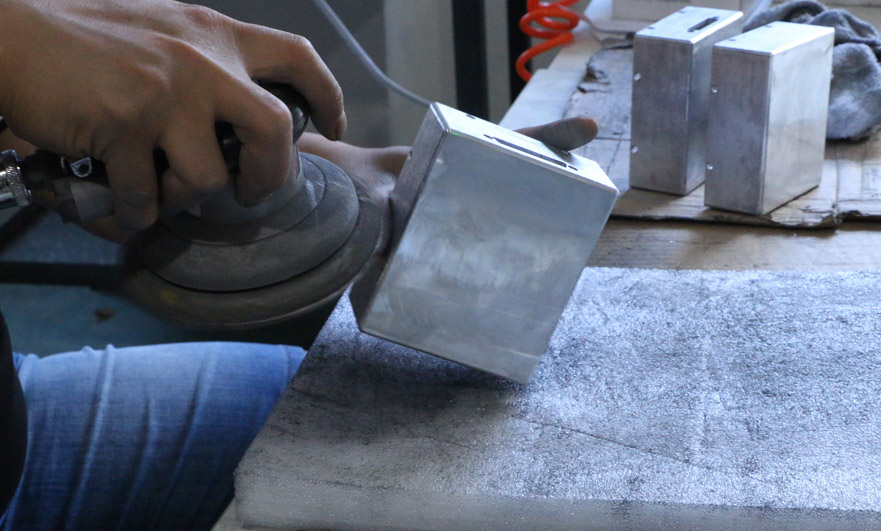
Choosing the Paint:
Select the appropriate type of paint for your project, considering factors like the material of the surface, the desired finish, and the environmental conditions the painted object will encounter. Common options include enamel, acrylic, latex, and epoxy paints.
Setting Up the Spray Gun:
Ensure the spray gun is clean and in good working condition. Adjust the nozzle and pressure settings on the spray gun based on the type of paint and the desired spray pattern.
Spray Painting:
Hold the spray gun at the recommended distance from the surface, typically around 6 to 8 inches.
Apply the paint evenly and consistently in smooth, overlapping strokes, moving the spray gun in a consistent motion.
Be cautious not to apply too much paint in one pass, as this can lead to drips or an uneven finish. Multiple thin coats are often better than a single thick coat.
Allow each coat to dry before applying the next. Follow the recommended drying times provided by the paint manufacturer.
Finishing and Cleanup:
After the final coat, inspect the painted surface for any imperfections or runs. If necessary, sand and repaint those areas.
Once the paint has dried completely, carefully remove any masking tape and paper.
Clean the spray gun and other equipment with the appropriate solvents, following safety guidelines for handling paint and cleaning agents.
Drying and Curing:
Allow the painted object to dry and cure completely. The curing time can vary depending on the type of paint and environmental conditions. Follow the paint manufacturer's instructions for curing.
Inspect the finished surface for any defects, such as bubbles, unevenness, or color discrepancies. Touch up or redo areas as needed.
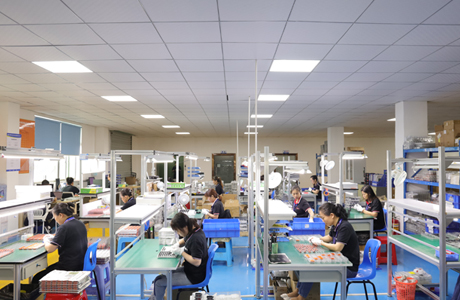
Protective Coating (Optional):
For added durability and protection, consider applying a clear protective topcoat or clear coat over the painted surface. This can help guard against UV damage, abrasion, and other environmental factors.
Following these steps in the spray painting process helps ensure a professional, long-lasting, and aesthetically pleasing finish on various surfaces and objects.
Painted Aluminum Advantages and Disadvantages
Spray painting aluminum surfaces has its advantages and disadvantages. Let's explore the pros and cons of spray painting aluminum:
Advantages of Spray Painting Aluminum:
Enhanced Appearance: Spray painting can significantly improve the aesthetics of aluminum surfaces. It allows for a wide range of color choices and finishes, making it ideal for decorative applications.
Corrosion Resistance: Aluminum is naturally corrosion-resistant due to the formation of a protective oxide layer. Spray painting can provide an additional layer of protection, further enhancing its resistance to environmental factors.
Customization: Spray painting offers versatility in terms of color and finish options. This flexibility allows for customization to match specific design or branding requirements.
Durability: When properly applied, spray paint can create a durable and long-lasting finish on aluminum surfaces, particularly when combined with proper surface preparation and clear protective coatings.
Quick Application: Spray painting is a relatively fast process, making it suitable for large-scale projects or situations where efficiency is essential.
Disadvantages of Spray Painting Aluminum:
Surface Preparation: Achieving a successful spray-painted finish on aluminum requires thorough surface preparation, including cleaning, sanding, and sometimes priming. This preparation can be time-consuming and labor-intensive.
Adhesion Challenges: Aluminum's smooth surface can pose adhesion challenges for paint. Proper surface treatment and priming are essential to ensure that the paint adheres correctly.
Environmental Impact: The use of spray paint can have environmental implications, primarily related to the release of volatile organic compounds (VOCs) into the air. Regulations may require the use of low-VOC or environmentally friendly paints, which can be more expensive.
Maintenance: Over time, painted aluminum surfaces may require maintenance, such as repainting or touch-ups, especially in areas exposed to harsh weather conditions or high levels of wear and tear.
Cost: Depending on the quality of paint and the required surface preparation, spray painting aluminum can be relatively costly, particularly when compared to leaving aluminum in its natural state.
In summary, spray painting aluminum can provide numerous benefits, including improved appearance, corrosion resistance, and customization options. However, it requires proper surface preparation and may entail challenges related to adhesion and environmental considerations. The choice to spray paint aluminum should be based on the specific project's requirements and the desired balance between aesthetics, durability, and cost.
Surface Effect Achieved by Spray Painting Metal Aluminum Parts
Spray-painted metal aluminum parts can exhibit various surface effects and finishes, depending on the type of paint, application method, and desired outcome. Here are some common surface effects and finishes that can be achieved with spray-painted metal parts:
Gloss Finish: This finish creates a shiny and reflective surface. It's often used for decorative applications and can give metal parts a polished and elegant appearance.
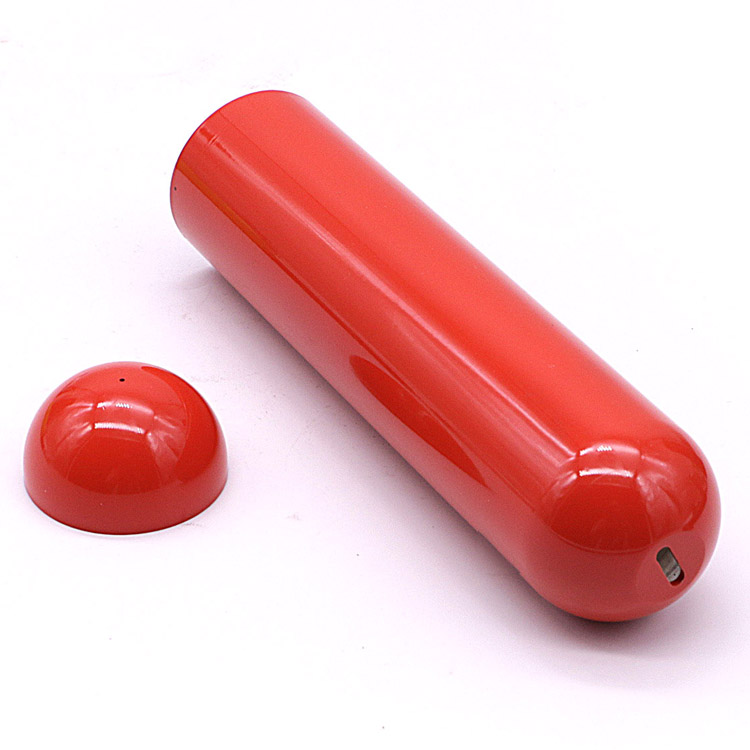
Satin Finish: A satin finish offers a softer sheen compared to high-gloss finishes. It provides a smooth and even surface with a subtle shine. Satin finishes are versatile and suitable for both decorative and functional applications.
Matte Finish: A matte finish results in a non-reflective, flat surface. It lacks shine and provides a subdued and contemporary appearance. Matte finishes are often used in applications where glare needs to be minimized.
Textured Finish: Textured finishes add a tactile element to the metal surface. These finishes can mimic various textures, such as leather, sand, or hammered metal. Textured surfaces can enhance grip and aesthetics.
Metallic Finish: Metallic paints contain metallic flakes or pigments that create a shimmering or metallic effect on the surface. They can simulate the appearance of metals like gold, silver, or bronze.
Hammered Finish: A hammered finish creates a textured surface resembling the dimpled marks left by a hammer. This finish is popular for its rustic and rugged appearance.
Antique Finish: Antique finishes involve techniques like distressing, glazing, or layering to give metal parts an aged or weathered appearance. It's often used for decorative items and furniture.
Pearlescent Finish: Pearlescent paints contain pigments that create a subtle, shifting color effect similar to pearls. This finish is known for its iridescence and is used for automotive and decorative applications.
Primer Finish: Some applications may leave the metal with a primer finish, which is typically a flat, neutral-colored base coat. This finish serves as a preparatory layer for subsequent paint coats.
Clear Coat Finish: After painting, a clear protective coat can be applied to provide gloss, protection, and depth to the finish. It enhances the paint's durability and resistance to environmental factors.
The choice of surface effect and finish depends on the intended use, aesthetics, and functional requirements of the metal parts. It's important to select the appropriate type of paint and application technique to achieve the desired surface appearance while considering factors like adhesion, durability, and environmental conditions.
Other Surface Treatments: Effectiveness and Cost Comparison
While surface treatment and spray painting can both enhance the appearance and protect metal parts, their effects and costs can differ significantly. Let's compare these two processes:
Surface Treatment:
Anodizing: Anodizing is a surface treatment process primarily used for aluminum. It creates a thin, durable oxide layer on the metal's surface. Anodized finishes can range from matte to glossy and offer excellent corrosion resistance. They also allow for color customization through dyeing. However, the color options are somewhat limited compared to painting.
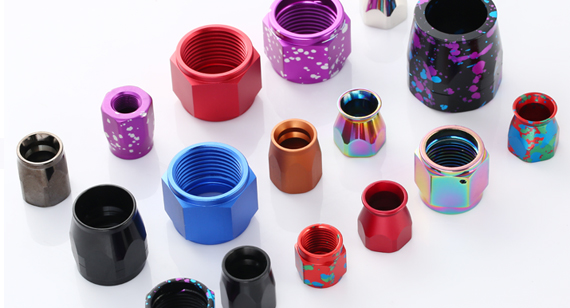
Electroplating: Electroplating involves depositing a layer of metal (such as chrome or nickel) onto the surface of a metal part. This process can provide a highly reflective and decorative finish, but the color options are typically limited to the metal being plated.
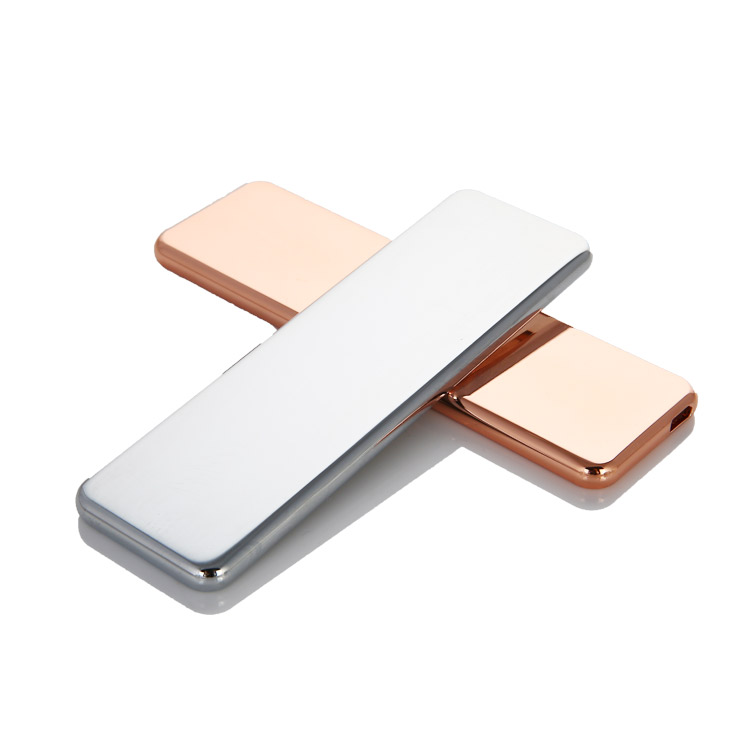
Powder Coating: Powder coating is a method of applying a dry powder to a metal surface, which is then heated to form a hard, protective coating. Powder coating offers a wide range of color options, including metallic and textured finishes. It provides durability and corrosion resistance.
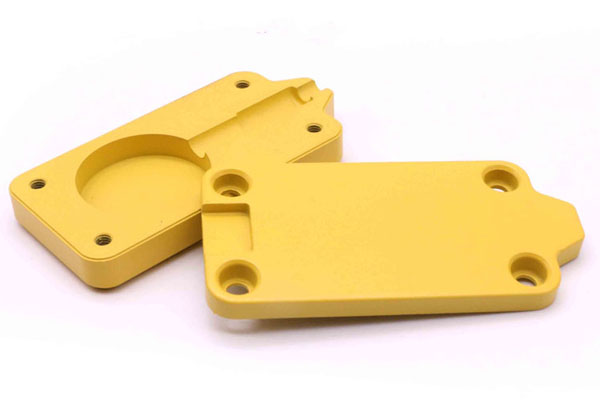
Spray Painting:
Customization: Spray painting provides extensive customization options for color, finish, and texture. It can mimic various effects, including gloss, matte, metallic, and more. This versatility allows for a broader range of aesthetics compared to some surface treatment methods.
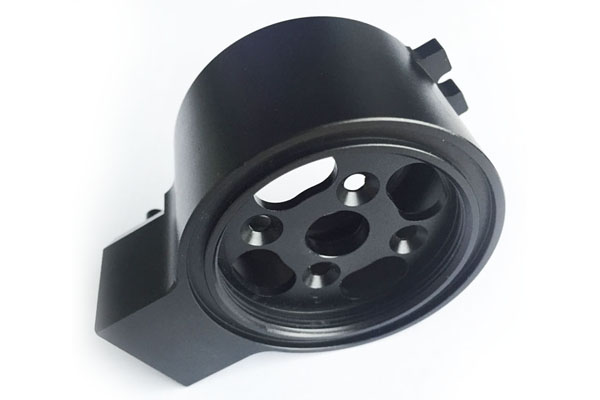
Ease of Touch-Ups: In case of damage or wear, touch-ups or repainting are relatively straightforward with spray-painted surfaces. This can be cost-effective for maintenance.
Price Comparison:
The cost of surface treatment vs. spray painting depends on several factors, including the material, size of the part, complexity of the finish, and the specific process used. In general:
Anodizing, electroplating, and powder coating tend to have higher upfront costs compared to spray painting, especially for large or intricate parts.
Spray painting can be cost-effective for smaller or less complex items and offers the advantage of customizing the finish without expensive setup fees.
Surface treatments may have longer-lasting durability, reducing the need for maintenance and potential repainting, which can affect the overall cost of ownership.
Ultimately, the choice between surface treatment and spray painting depends on your specific requirements for appearance, durability, customization, and budget. It's essential to consider factors like the intended use of the metal parts, environmental conditions, and the desired aesthetic effects when making this decision.
Spray Paint Surface Treatment Applications
Spray painting surface treatment finds applications in various industries and for numerous purposes due to its versatility and ability to enhance the appearance and functionality of different surfaces. Here are some common applications of spray painting surface treatment:
Automotive Industry: Spray painting is extensively used in the automotive sector for painting car bodies, parts, and components. It provides both aesthetic appeal and corrosion protection.
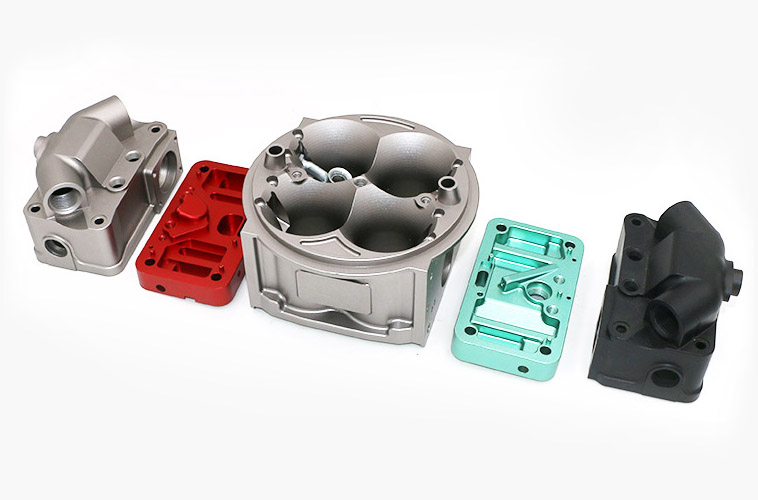
Furniture Manufacturing: Furniture makers often use spray painting to achieve a consistent and attractive finish on wooden or metal furniture pieces.
Aerospace Industry: In aerospace manufacturing, spray painting is employed to coat aircraft components, ensuring both protection and aerodynamic performance.
Architectural Coatings: Spray painting is applied to various architectural elements, including doors, windows, fences, and metal structures, to enhance their appearance and resistance to weathering.
Industrial Machinery: Manufacturing companies use spray painting for industrial machinery, ensuring a durable finish that can withstand harsh operating conditions.
Consumer Electronics: Electronics manufacturers use spray painting to provide a sleek and stylish finish for products like smartphones, laptops, and home appliances.
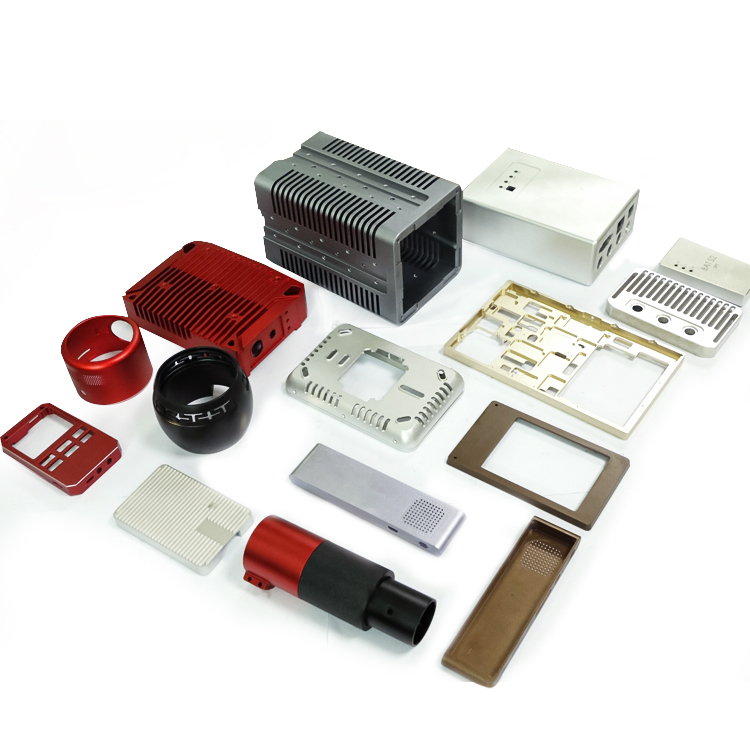
Signage and Advertising: Spray painting is crucial for creating eye-catching signs and billboards with vibrant colors and durable finishes.
Marine Industry: Boats and marine equipment benefit from spray painting to protect against saltwater corrosion and achieve a polished look.
Art and Decor: Artists and craftsmen use spray painting techniques to create artwork, sculptures, and decorative items with unique finishes and textures.
Molded Plastic Products: Certain plastic products, like toys or consumer goods, receive spray-painted finishes to enhance their visual appeal.
Metal Fabrication: Metal fabricators often use spray painting to coat fabricated metal structures for both protection and aesthetics.
Renovation and Restoration: Spray painting is used in the renovation and restoration of old buildings and objects, giving them a fresh and updated appearance.
Customization: Spray painting allows for customization of various items, from bicycles and helmets to industrial equipment, by adding personalized colors and designs.
Protective Coatings: Some applications involve spray painting with specialized protective coatings, such as anti-corrosion coatings for pipelines and tanks in the oil and gas industry.
The choice to use spray painting surface treatment depends on the material, desired finish, environmental conditions, and other project-specific requirements. It offers versatility and the ability to achieve a wide range of effects, making it a popular choice in numerous industries and applications.
Problems and Precautions Encountered When Painting Aluminum Parts
When spray-painting aluminum parts, there are several common issues and important considerations to keep in mind to ensure a successful and high-quality finish. Here are some problem points and precautions:
Common Issues:
Poor Adhesion: Aluminum's smooth surface can pose adhesion challenges for paint. If the paint doesn't adhere properly, it can lead to peeling, chipping, or flaking over time.
Corrosion Under Paint: Despite aluminum's natural corrosion resistance, if the surface is not adequately prepared and protected, corrosion can still occur under the paint, compromising the finish.
Uneven Finish: Inconsistent application of paint can result in an uneven finish with streaks, runs, or splotches.
Orange Peel: Orange peel is a textured surface defect that resembles the texture of an orange skin. It can occur if the paint is not applied evenly or if the spray gun settings are incorrect.
Dust and Contaminants: Dust, dirt, or other contaminants can settle on the wet paint surface, leading to imperfections in the finish.
Blisters and Bubbles: If moisture or air is trapped beneath the paint during application, it can cause blisters or bubbles to form in the finish.
Precautions and Considerations:
Surface Preparation: Properly prepare the aluminum surface by cleaning it thoroughly to remove dirt, grease, and oxidation. Sanding may be necessary to create a slightly rough texture for improved paint adhesion.
Priming: Consider using a primer specifically designed for aluminum to enhance adhesion and corrosion resistance. The choice of primer depends on the type of paint you plan to use.
Paint Compatibility: Ensure that the paint you choose is compatible with aluminum surfaces. Consult the paint manufacturer's recommendations for compatibility and application instructions.
Proper Application: Follow the recommended application techniques and settings for your spray gun. Maintain a consistent distance from the surface and apply the paint evenly to avoid streaks and orange peel.
Environmental Conditions: Spray paint in a controlled environment with controlled temperature and humidity levels. Avoid painting in extreme heat, cold, or high humidity, as it can affect the paint's drying and curing process.
Drying Time: Allow each coat of paint to dry completely before applying the next coat. Follow the recommended drying times provided by the paint manufacturer.
Quality Control: Inspect the painted surface for any defects or imperfections. If issues are detected, consider sanding and repainting as necessary.
Protective Coatings: Consider applying a clear protective topcoat or clear coat to the painted surface to enhance durability and provide an extra layer of protection.
Maintenance: Regularly inspect the painted aluminum parts for signs of wear, damage, or corrosion. Touch up or repaint as needed to maintain the finish's integrity.
By addressing these issues and adhering to these precautions, you can achieve a smooth, durable, and visually appealing finish when spray-painting aluminum parts. Proper surface preparation and careful application are key to a successful outcome.
Conclusion
Do you know how to choose the right finish for your project? VMT has 15 years of experience in surface treatment experts to choose the appropriate surface treatment for you to improve the surface texture and performance of CNC parts.
Learn about the spray painting surface treatment process, benefits and applications in this article. If you want to know more about spray paint surface treatment, please contact us today. VMT can provide a wide range of CNC machining and manufacturing capabilities and surface treatment services for steel, aluminum, titanium, copper and other materials. Our team of professional engineers can choose the appropriate surface treatment for you to meet all your CNC machined parts production needs and obtain the best results. Best, competitive price. Why not give VMT a try and contact us now to get a quote.
Spray Painting FAQs
Certainly! Here are answers to some common questions and issues related to spray painting:
1. Why is my spray-painted surface uneven or streaky?
Uneven or streaky paint can result from improper application technique. Ensure you are holding the spray gun at the correct distance from the surface and moving it consistently in straight passes. Also, check that the paint is properly mixed and the spray gun settings are adjusted correctly.
2. How can I prevent paint runs or drips?
To avoid paint runs or drips, apply multiple thin coats of paint rather than one heavy coat. Ensure each coat is allowed to dry before applying the next. Also, maintain a consistent distance from the surface and avoid overloading the surface with paint.
3. What causes orange peel texture in my finish?
Orange peel texture occurs when the paint dries unevenly, creating a textured surface resembling the skin of an orange. This can happen due to incorrect spray gun settings, improper thinning of the paint, or spraying in conditions with high humidity or temperature extremes. Adjust your spray gun settings and consider environmental factors when painting.
4. How do I fix paint imperfections like bubbles or blisters?
To fix bubbles or blisters in the paint, you may need to sand down the affected area, apply a primer if necessary, and then repaint. Ensure that the surface is clean and dry before repainting.
5. Can I spray paint in cold or hot weather?
Extreme temperatures can affect the quality of spray painting. Ideally, paint in temperatures between 50°F (10°C) and 85°F (29°C) with moderate humidity. Avoid painting in very cold or hot conditions, as it can lead to issues like slow drying, poor adhesion, or uneven finishes.
6. How can I prevent dust and debris from sticking to wet paint?
To minimize dust and debris contamination, work in a clean environment, and consider using a paint booth if possible. Close doors and windows to keep airborne particles out. Additionally, keep the surface as clean as possible before painting.
7. Can I spray paint without using a primer?
While some paints are designed to be used without a primer, it's often recommended to use a suitable primer, especially on bare or porous surfaces. Primers improve adhesion, provide a uniform base, and can enhance the durability and appearance of the finish.
8. How can I achieve a glossy finish?
To achieve a glossy finish, select a paint specifically labeled as "high gloss" or "glossy." Ensure proper surface preparation, apply thin and even coats, and follow the manufacturer's recommendations for drying and curing times. Using a clear gloss topcoat can also enhance the shine.
9. What's the best way to store leftover spray paint?
To store leftover spray paint, seal the can tightly to prevent air exposure. Store it in a cool, dry place away from direct sunlight or extreme temperatures. Invert the can and spray for a few seconds after each use to clear the nozzle and prevent clogs.
These answers should help you address some common issues and questions when spray painting. Always follow the specific instructions provided by the paint manufacturer for the best results.
